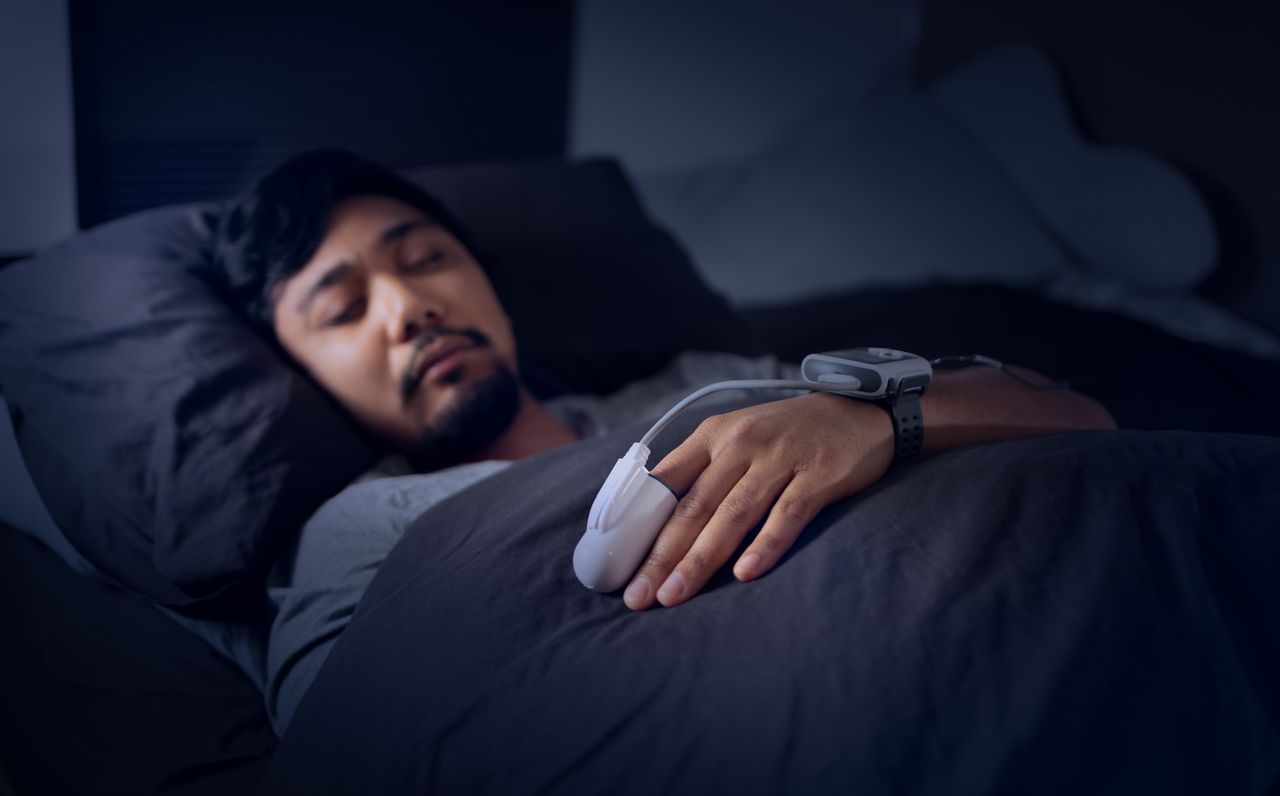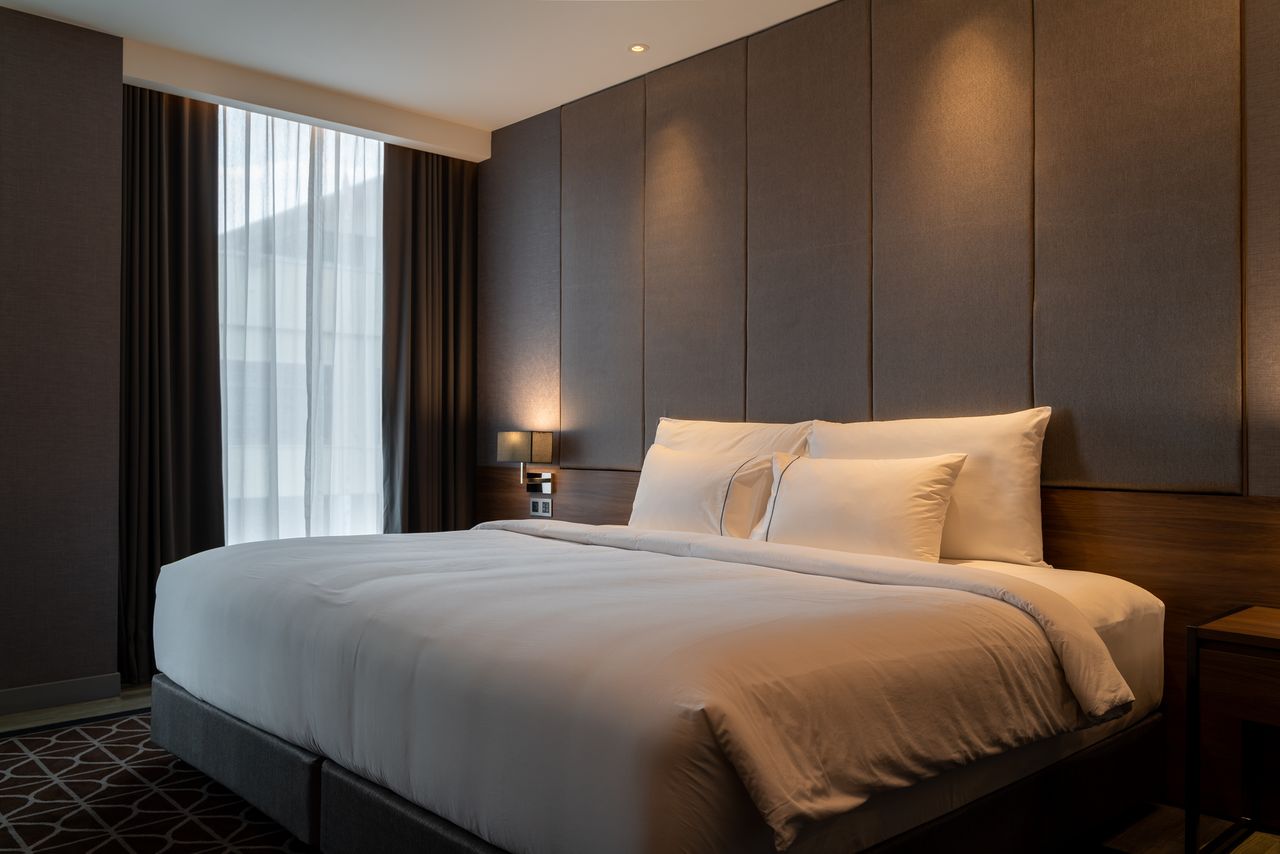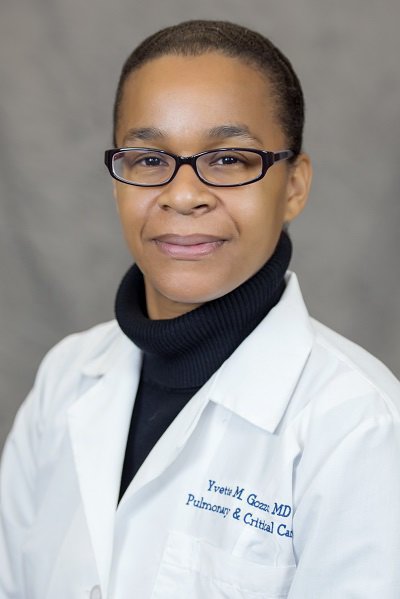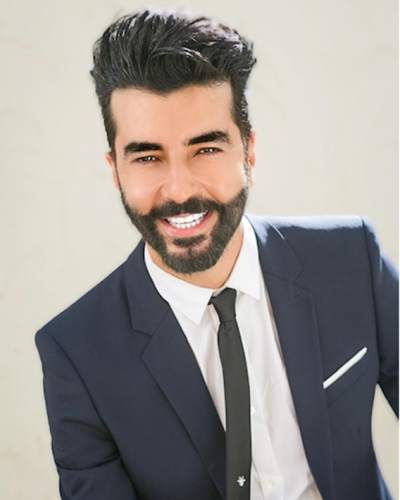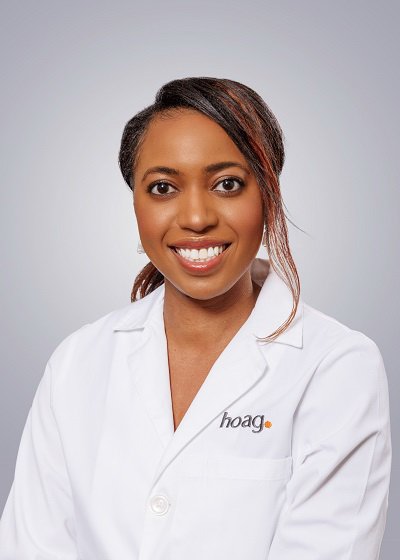- About
- Conditions Treated
- Treatments
- Our Process
- Tour
- Education & Resources
- FAQ
- Meet the Team
Hoag Sleep Health Program has been studying and treating more than 5,000 patients with sleep disorders annually for the last 20 years.
Quick support
What is your risk of sleep apnea?
Take our online health risk assessment to discover how much of an impact sleep apnea is having on your life. After taking this assessment you'll get more information on what your next steps should be.
Tour the Centers
Tour both the Judy & Richard Voltmer Sleep Center Newport Beach and Sleep Center Irvine.
Struggling with sleepless nights?
Insomnia isn’t just about having trouble falling asleep—it can affect your mood, focus, and overall health. If you find yourself lying awake at night or waking up unrefreshed, it may be more than just a bad week of sleep. Take our short questionnaire to better understand your sleep patterns and learn if insomnia may be impacting your well-being.
